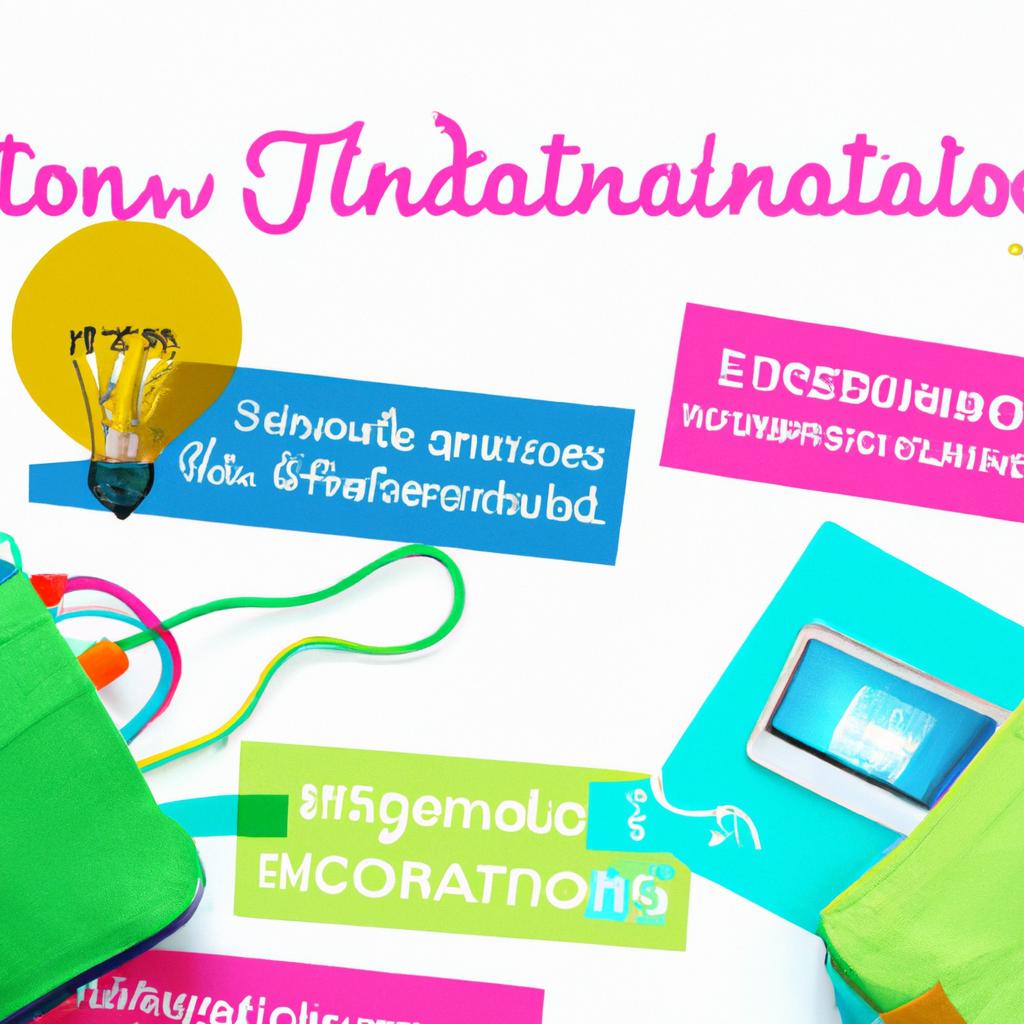In an era where technology permeates every facet of our lives, education stands at the forefront of this digital revolution. Imagine a classroom where the weight of textbooks and the burden of bulky backpacks are replaced by the sleek convenience of electronic school bags. This transformation is not merely about lighter loads; it signifies a profound shift in how students interact with knowledge, peers, and their environment. As schools across the globe embrace digital solutions, it becomes essential to explore the multifaceted impact of electronic school bags on student well-being. Are they catalysts for enhanced engagement and learning, or do they bring new challenges that students must navigate? Join us in delving into this contemporary phenomenon, examining how these innovative tools are reshaping educational experiences and influencing the holistic development of today’s learners.
Embracing Innovation in Education: How Electronic School Bags Enhance Student Engagement and Well-Being
As the digital landscape continues to evolve, **electronic school bags** are redefining how students engage with their education. These innovative tools not only lighten physical burdens but also enrich the learning experience through interactive features. Some key benefits include:
- Accessibility: Students can easily access various resources, textbooks, and multimedia content from a single device, eliminating the need for multiple physical books.
- Interactivity: Engaging apps and educational games turn traditional learning into a dynamic, collaborative process that resonates with tech-savvy learners.
- Personalization: Tailored learning experiences allow students to progress at their own pace, catering to individual strengths and weaknesses.
- Real-Time Feedback: Instant assessments and analytics provide valuable insights for both students and educators, fostering a supportive learning environment.
Moreover, through the incorporation of multimedia elements, electronic school bags can significantly enhance **student well-being** by reducing stress associated with heavy backpacks and fostering a more enjoyable learning atmosphere.
| Feature | Benefit |
|---|---|
| Lightweight Design | Reduces physical strain and encourages mobility. |
| Variety of Resources | Offers access to diverse learning materials, promoting curiosity. |
| Collaboration Tools | Enhances teamwork and peer interaction through shared digital platforms. |

Fostering a Balanced Learning Environment: Practical Strategies for Integrating Electronic School Bags in Classrooms
Creating a harmonious atmosphere that incorporates electronic school bags can enhance both engagement and understanding among students. By implementing strategic practices, educators can seamlessly integrate these digital tools while maintaining a focus on student well-being. Consider the following approaches:
- Blended Learning Models: Combine traditional teaching methods with digital resources to cater to various learning styles.
- Regular Breaks: Encourage students to take mindful breaks, reducing screen fatigue and promoting better concentration.
- Collaborative Learning: Utilize electronic school bags for group projects and discussions, fostering teamwork and communication skills.
- Feedback and Reflection: Incorporate digital reflection tools, allowing students to assess their learning experiences and set personal goals.
A classroom environment that effectively balances digital and traditional methods not only enhances academic performance but also supports emotional and social development.
Wrapping Up
As we step into a future where the boundaries of education continue to evolve, the introduction of electronic school bags emerges as a significant chapter in the story of learning. These digital companions not only promise a more organized and engaging educational experience but also hold the potential to enhance student well-being in ways previously unimagined.
By integrating technology into the daily routines of students, we are not merely replacing traditional materials; we are fostering a culture of adaptability, creativity, and resilience. The implications reach beyond the classroom, influencing how young minds interact with information, how they manage their time, and how they navigate the complexities of modern life.
However, as with any transformation, it is essential to approach this change with a critical eye. While the benefits are substantial, ongoing dialogue among educators, parents, and policymakers will be vital to address challenges and ensure that technology serves to uplift all learners.
In this journey of transformation, we should remain vigilant stewards of both innovation and well-being, striving to create an educational environment that not only informs but inspires—a place where students can thrive, both academically and emotionally. As we continue to explore the intersections of technology and education, let us nurture the seeds of potential within every student, ensuring a brighter, more connected future for all.


